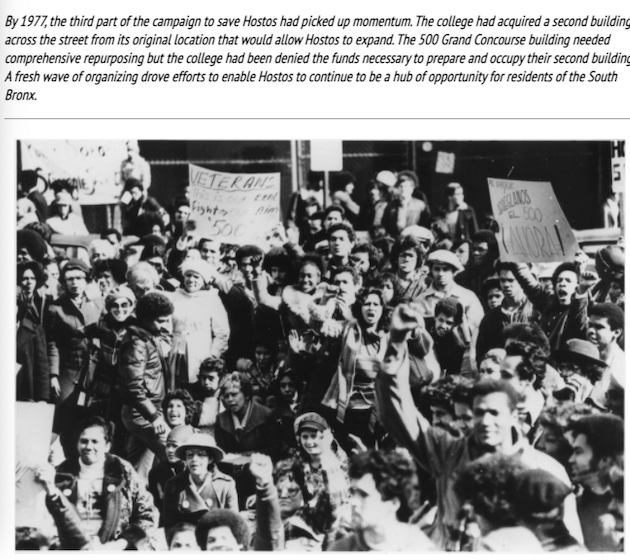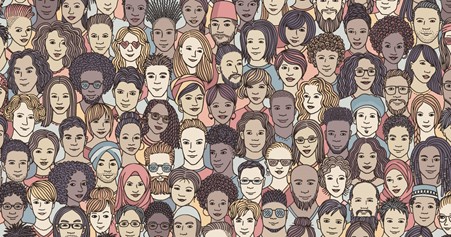Consistently this semester, I’ve thought about a lecture by Derrida at the inauguration of the Women and Gender Studies department at Brown in the 80s. Entitled “Women in the Beehive,” Derrida goes on to argue that non conventionists pedagogies and isms, by being brought into The Academy, will become be subject to conformity via subsuming. The Academy’s grasp is so tight and wide, there can be no real radicalization whilst under its gaze. Quite literally, he says that the newly accepted members (faculty, students, etc.), become guardians of the law.
I think this paradigm nicely summarizes one of the many themes we’ve touched upon this semester, namely the tension of wanting recognition from The Academy (what’s been deemed historical objectivity) and the quest for visibility. The quest for visibility becomes more fraught when an invitation is extended by The Academy.
“As the number of HSIs and eHSIs increases, so does the need to understand what it means to have an organizational identity for serving Latinx students” (Dwyer, Garcia, 2).
“While understanding ‘who we are’ (organizational identity) is an important concept, there is also a need to understand the extent to which members identify with an organizational identity” (Dwyer, Garcia, 2).
While we’ve seen fruitful efforts to increase the personal perspective into institutional spaces, The Academy seems designed to be around 40 years behind. Will there ever be progress in terms of proper acceptance into The Academy with subsuming, or is that an inevitable side effect?
Similarly, what is the process of having become a Guardian? Have there been studies of people who explained the process of becoming de-radicalized because of The Academy?






